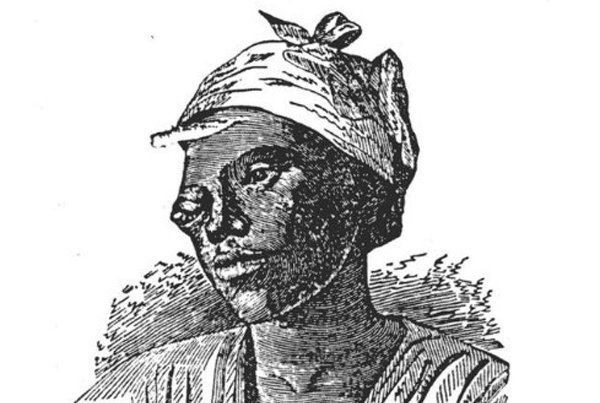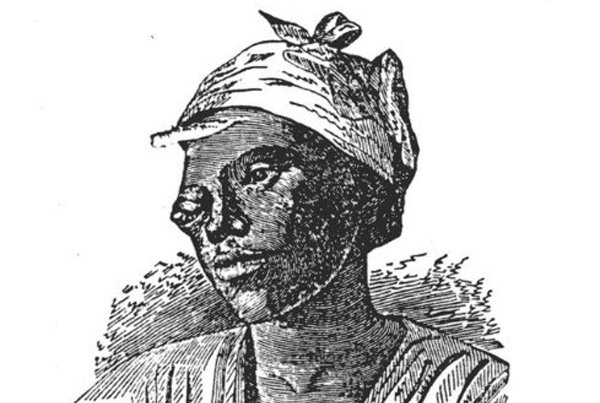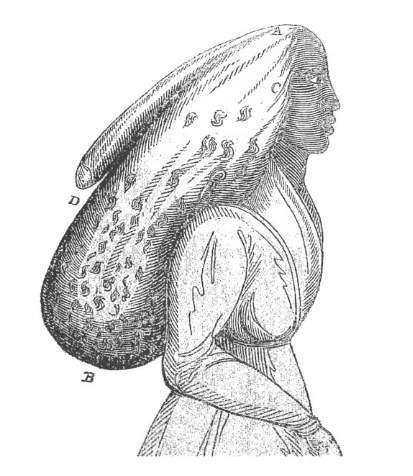
Gird you loins! It’s gonna be a tough one.
We continue to look at the horrific practice of using slaves and prisoners for medical experiments in the United States.
Invasive surgeries and other shocking experiments were “commonplace” on slaves before the Civil War, according to a sweeping new survey of old medical journals.
Electric shocks, brain surgery, amputations — these are just some of the medical experiments widely performed on American slaves in the mid-1800s, according to a new survey of medical journals published before the Civil War.

Previous work by historians had uncovered a handful of rogue physicians conducting medical experiments on slaves. But the new report, published in the latest issue of the journal Endeavour, suggests that a widespread network of medical colleges and doctors across the American South carried out and published slave experiments for decades.
“The physicians and colleges saw an opportunity in the institution of slavery to elevate themselves, and they took it,” historian Stephen Kenny of the University of Liverpool in the U.K., who wrote the report, told BuzzFeed News. “It was commonplace.”
Medical journals that no longer exist, such as the Baltimore Medical and Surgical Journal and the Western and Southern Medical Recorder, overflow with reports of surgical experiments to treat injuries, birth defects, and tumors, all pioneered on slaves. Doctors often performed the experiments “apparently without pain relief,” according to the study, in an era before anesthesia or sterile surgery.
The study details four surgical experiments in particular, dating from 1833 to 1858, that doctors performed on slaves. One, for example, involved severing “healthy looking brain” from a slave with a head injury, killing him. Another removed a tumor from an unnamed young girl’s lymph node, which likely made it swell grotesquely around her head.
The physician and slave owner William Aiken of Winnsboro, North Carolina, reported an 1852 experiment on a slave named Lucinda, who suffered from a bony growth around her right eye. Aiken and other doctors disfigured her by boring holes in her head — without chloroform, a gas that was used at the time for anesthesia — to remove the growth.
These cases were reported in respected medical periodicals read from Europe to the Western frontier.
“Medicine is an integral part of the story of slavery,” Todd Savitt, a medical historian at the Brody School of Medicine at East Carolina University, told BuzzFeed News.
Savitt first reported in the 1970s that medical schools in Virginia had trafficked in slaves prior to the Civil War. But historians had seen medical experiments on slaves as a practice isolated to a few physicians — until now.
“We are moving here toward a view of experiments on slaves as something more systematic,” Savitt said.

In the summer of 1989, construction workers unearthed 10,000 bones from a basement belonging to the Medical College of Georgia in Augusta.
Many of the bones showed signs of dissection. Forensic viagra buy 24 investigators quickly discovered they were the legacy of five decades of grave robbing intended to provide medical students before and after the Civil War with cadavers for anatomical lessons. This practice didn’t end until the early 20th century.
That medical college and others like it grew in the shadow of slavery, Kenny said, and the professionalization of medicine in the decades before the Civil War. “Physicians needed to learn anatomy and slaves provided a supply of bodies,” he said.
The price of slaves increased precipitously in 1807, after the halt of the British slave trade. That made medical treatment to heal injured or diseased slaves “an industry,” Kenny said, and helped create a demand for experiments.
Slave hospitals sprang up around trading centers such as Augusta, New Orleans, and Charleston, South Carolina, to doctor sick slaves intended for sale and to heal valuable workers.
The South Carolinian physician J. Marion Sims, often referred to as the “Father of Gynecology,” developed a surgery for complications of childbirth on slave women in the 1840s. (Long seen as a villain, more recent historical research has suggested that some women willingly participated in Sims’ surgeries, making him a more ambiguous figure.) Many surgical techniques — including amputations and experiments using ether as anesthesia — were tested on slaves before they made their way into standard medicine.
“In the days before clinical trials, doctors did not universally agree what constituted appropriate standards of care,” Marie Jenkins Schwartz, a historian at the University of Rhode Island, told BuzzFeed News by email. “One thing I know from studying doctors (other than the very successful Sims) is this: reckless experimentation does not make for good medicine,” said Schwartz, author of Birthing a Slave: Motherhood and Medicine in the Antebellum South.
The old studies did not mention whether the slaves consented to the experiments, and physical restraints were common. Some reports describe slaves bolting from the room when subjected to electrical shocks or scalpels without pain relief.
A 12 year old female named Harriet, who was suffering from seizures, was electrically shocked in an 1848 experiment for 53 minutes, for example, even though it required three doctors to restrain her. Doctors interpreted her protests about her back being burned as “as a sign of electrotherapy’s efficacy,” according to the study, and recommended it for everyone suffering “nervous disorders.”
“Under the skin, they knew on some level that people were the same. So they used [slaves] in medicine,” Savitt said. “They knew that, but still saw slaves as different from other people. I struggle with the question every time I’m asked to explain it.”
Although historians are only beginning to explore widespread experimentation on slaves and grave robbing, Kenny added, the findings won’t surprise black communities near the sites of medical hospitals. Folklore of “Night Doctors” who robbed graves, or “Black Bottle Men” who poisoned patients to dissect them, is more than a century old, he said, and likely springs from the era of these cruel experiments.
Source: Cruel Medical Experiments On Slaves Widespread Throughout South

